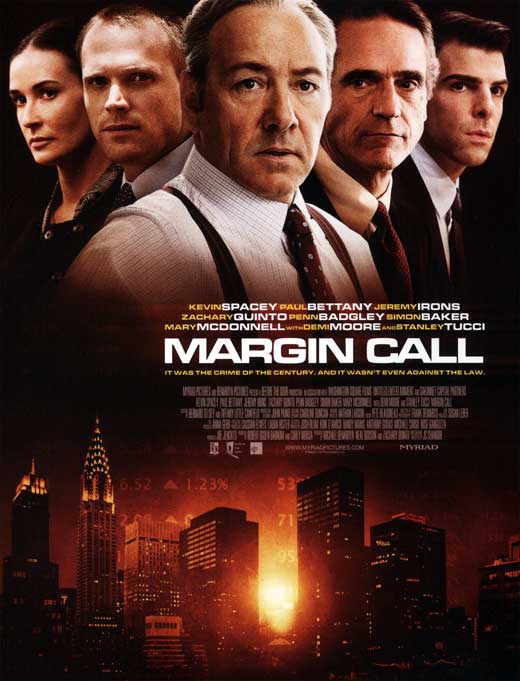The other day I was looking through my blog feed (I use the Reeder iOS app) and it occurred to me that I follow just under a dozen blogs written by venture capitalists.
My three favorites are Fred Wilson, Chris Dixon and Bijan Sabet.
I started thinking about why I read so many of these blogs. I'm not a VC, and I don't really want to be. Are they really worth the time?
Here's why I think they are absolutely worth the time. Any why you should read them too.
1. Because of the risk profile of VCs they are always ahead of the game. VCs focus on ideas and technologies that, for the most part, are ahead of their time. They make investments in ideas that are highly risky that haven't yet gone mainstream but eventually will. Whether you're just investing for yourself, thinking about staying ahead in your career or just a curious person, it's important to be aware of what's coming next. In addition, most of them are investing in consumer products. An extra perk is that VC blogs will help you stay aware of consumer software and services that you might want to use yourself.
2. They attract communities of smart, motivated people. Every day I read blogs on sports, career, fitness, healthcare, technology and marketing and it seems that the VC blogs get way, way more comments from readers than the others. In addition, the quality of conversation happening in the comments sections of VC blogs is extremely high. Often when I read a VC blog I'll only scan the post but I'll scroll down and read the most popular comments in detail (there's great stuff in there). The people hanging out on these blogs are people you want to hang out with (at least virtually). In addition, I'm sure there are some out there, but I haven't yet seen a VC blogger that doesn't interact with their readers.
3. They'll make you a better blogger (and thinker). One of the neat things about VC bloggers is that they don't have all the answers -- and they know they don't have all the answers. In their posts, you'll find that they're really just putting out ideas, and thinking out loud (if they had all the answers, their investments wouldn't be so risky). As a result, they'll help you generate some great ideas on things to write about and think about. See an example here.
4. They write about things that you should know about. I remember back in college the career counselors would tell us, "before you go into an interview, make sure you know what's being written about on the front page of the Wall Street Journal." Those days are over. These days, if you're interviewing in tech, you better know what VC bloggers are writing about.
5. They'll give you better context. One of the challenges in working at a startup (or any company, really) is that you don't always get to see the context of leadership. I always try to remind people to keep in mind that everyone has a boss (the exec team reports to the CEO and the CEO reports to the board). CEOs don't make decisions to make your life miserable, they make decisions to help make the company better -- or, more practically, to make their boss (the board) happy. I've found that by reading what's going on in the mind of VCs (who very often hold board seats) I get to see a bit of what a founder or CEO is facing. And that gives me a better understanding of what their context might be when making decisions that impact my team. In any company or any situation, context is crucial.
I highly recommend the three blogs I mentioned above. In addition, Forbes did a pretty good article a while back on the Top 10 Best Venture Capital Blogs. I recommend checking out some of those as well.



